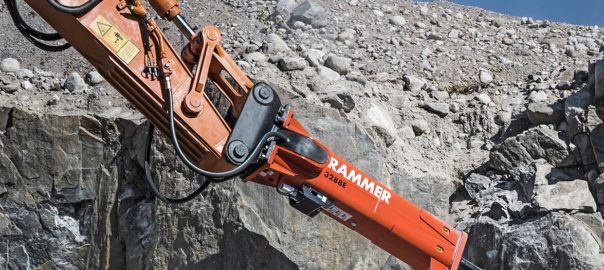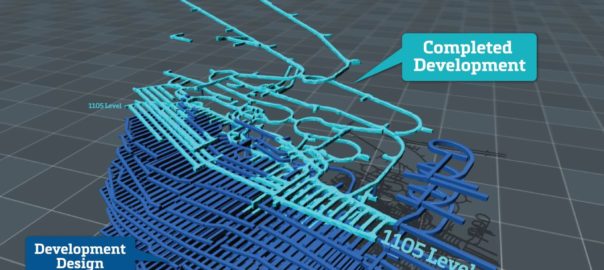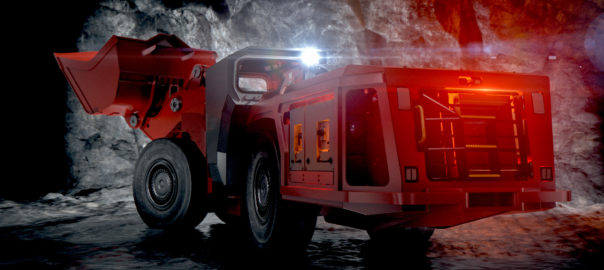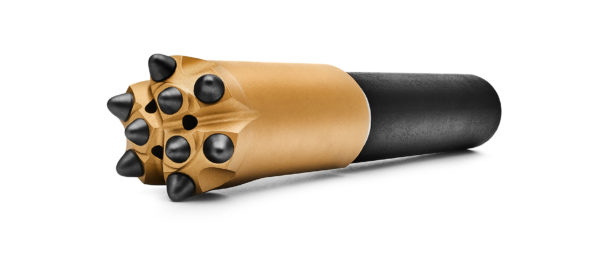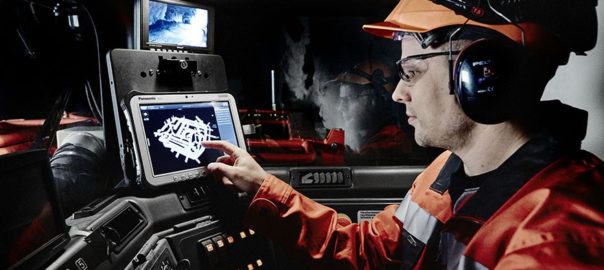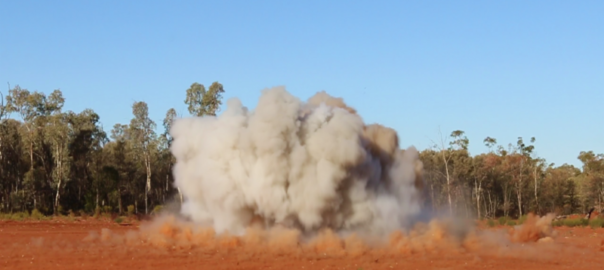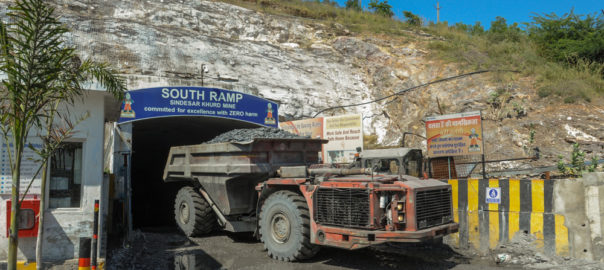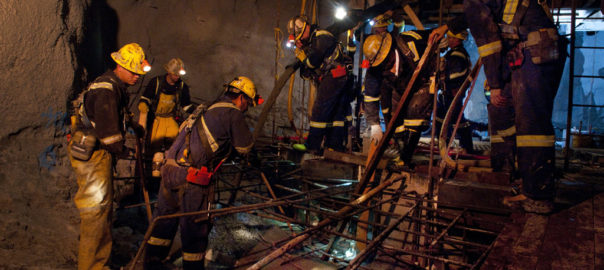Sandvik’s Rammer division, having celebrated a 40-year anniversary this year, has updated and upgraded its Excellence Line of hydraulic hammers.
In addition to a new and improved focus on safety, one of the major features of the Rammer Excellence Line is a purpose-developed RD3 remote monitoring device – the first of its kind on hammers, according to Sandvik.
“RD3 uses the MyFleet Telematics service to track and monitor fleet equipment usage without needing to go to the site to collect the data – ideal for dealers, rental companies and operators. This cloud-based system enables the hammers to be viewed and monitored via Google maps,” Sandvik says.
The main benefits of the system are it enables fleet owners/managers to know exactly where their equipment is, and how it is being used, Sandvik says. “This supports better business decision-making – providing improved security and optimised fleet location, whilst enabling enhanced application knowledge and operator education (all accomplished via GPS data) – and contributing to the overall profitability of the business.”
As well as RD3, Rammer has looked to lower tool bushing rotating and replacement in the field with the latest updates. This has been supported by the use of two tool retaining pins that increase the lifetime of the tool, retaining pins and tool bushings.
An IBP on/off selector is fitted to the valve body, enabling easy field adjustments (2577E and up). Separate greasing channels from the valve body to the upper and lower tool bushing further increases the lifetime of the tool and tool bushings, the company says.
Sandvik concludes: “Rammer’s Excellence Line continues the company’s 40-year tradition of delivering innovative hammers designed to improve profitability, safety and performance. With its new, customer-focused features, the line perfectly represents Rammer’s continued focus on helping businesses to enhance their performance.”






